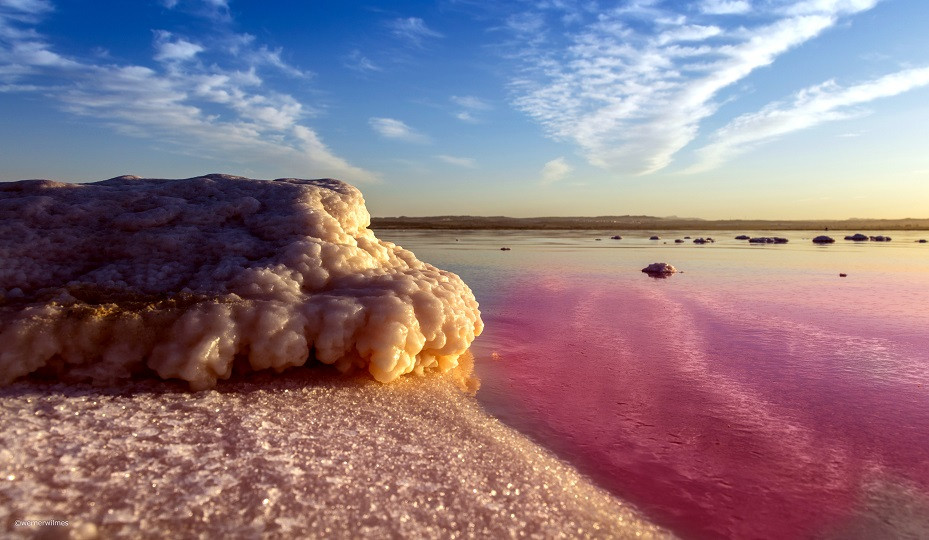ANTI-TUMOR ACTIVITY OF A PIGMENT PRESENT IN MICRO-ORGANISMS LIVING IN LAGUNA ROSA AND OTHER SALT FLATS IS DISCOVERED

Bacteriorruberin prevents the growth of cancer cells in breast tumors.
A team led by the professor of Biology Rosa María Martínez and formed the Applied Biochemistry research group of the University of Alicante (UA), in collaboration with the Dr. Balmis de Alicante General University Hospital (HGUDB) and the Health Research Institute y Biomédica de Alicante (ISABIAL) has identified the anticancer capacity of bacteriorruberin, a pigment produced by a certain type of halophilic archaea in order to protect itself from the sun, from 'in vitro' tests with cells isolated from several different types of breast tumors.
The halophilic archaea in question are found both in the salt flats of Santa Pola and in the Torrevieja lagoon and in the salt flats located in the interior of the province of Alicante.
The discovery of the antitumor capacity of this pigment, published in the prestigious journal Nature Scientific Reports, began with the development of the doctoral thesis by Micaela Giani, from the UA Applied Biochemistry research group.
The already doctor previously demonstrated with 'in vitro' tests the powerful antioxidant capacity - almost 300 times higher than that of other antioxidants - of the pigment and its effect on enzymes (biocatalysts) involved in pathologies such as diabetes or metabolic syndrome.
After the discovery, the researchers have two possible lines of work before them: to analyze the effect of the pigment on other types of tumor cells or to continue with breast tumors, testing the impact of the pigment on tissue samples obtained from biopsies carried out at patients.
It so happens that a team made up of researchers Guillermo Martínez Martínez, Carmen Pire and Rosa María Martínez-Espinosa published the article Hypersaline environments as natural sources of microbes with potential applications in biotechnology: The case in the Current Research in Microbial Sciences journal. of solar evaporation systems to produce salt in Alicante County (Spain) (Volume 3, 2022, 100136).
Hypersaline ecosystems are environments in which the concentration of salt present in the water or in the soil is around 10 times higher than seawater (the average salt content in seawater is 35 grams/litre, while in hypersaline ecosystems such as the Dead Sea can reach 337 grams/liter). These ecosystems can be coastal or inland systems, being able to find salty lakes or lagoons, salt pans for salt precipitation (coastal or inland), marshes, saline diapirs, etc.
Traditionally, hypersaline environments have been valued for their landscape characteristics, for being habitats for a large number of animal species (particularly migratory birds or small crustaceans), for mining that can be carried out in many cases (sodium chloride extraction mainly for human consumption , roads, food processing or cosmetics production, among other uses), or for its tourist value (salt crust baths, buoyancy in hypersalted water of the Dead Sea, therapeutic mud baths, etc.).
The aforementioned work paid special attention to the Laguna Rosa de Torrevieja.